20 Interesting Names for Groups of Animals
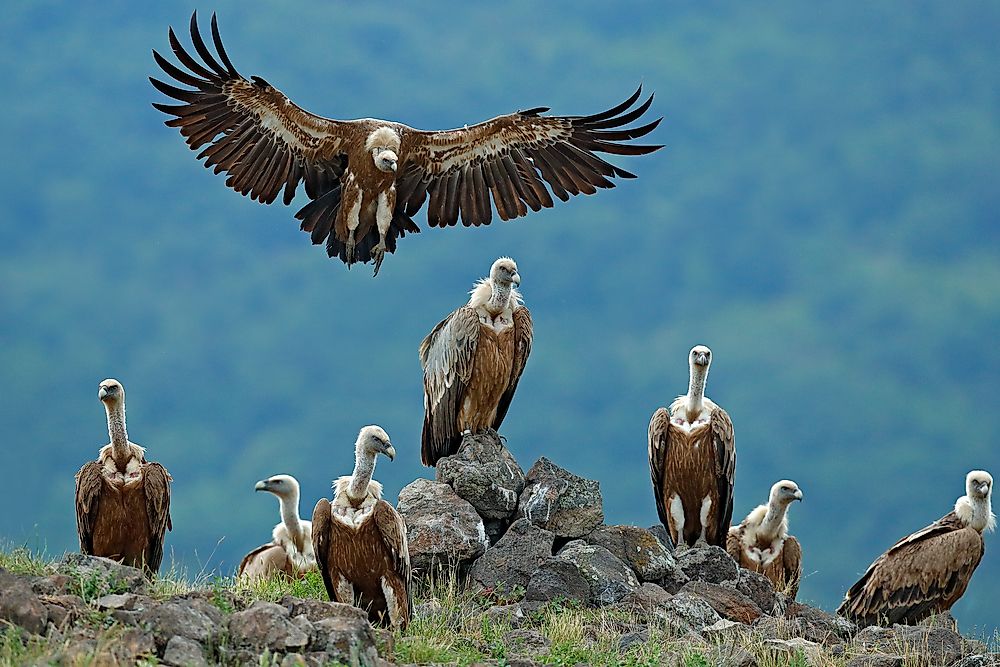
The custom of using “nouns of assembly” had origins in English hunting tradition back in the Late Middle Ages. This time was marked by a great increase in specialist vocabulary that involved using different names for same features in different animals. The earliest collective nouns of animals were compiled in The Treatise, a book in the mid-1200s. The “nouns of assembly” are intended as a mark of refinement of those able to use them accurately rather than for sensible communication. In the modern time, the popularity of the terms has led to the addition of many humorous collective nouns.
20. Shrewdness of Apes
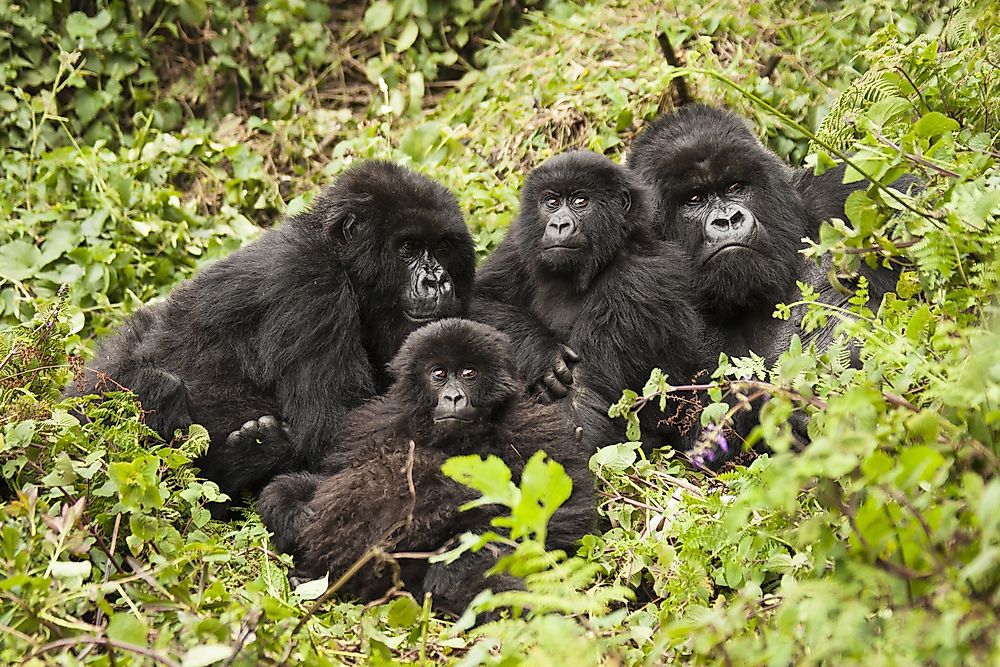
This name comes from our forefathers who noted that apes were mischievous in a playful manner. The name shrewdness has been in use for over 500 years, and in the ancient times, the word shrewdness meant wickedness. The mischievous character of apes earned them the name, and thus a group of apes can be called a shrewdness of apes.
19. Sleuth of Bears
A group of bears is referred to as sleuth or sloth. The word sleuth means a detective or the act of investigating or looking for something. Bears usually gather together in a breeding season and also to feed. Bears are often searching for food, and some people feel that this is the reason why bears were given the name sleuth.
18. Kaleidoscope of Butterflies
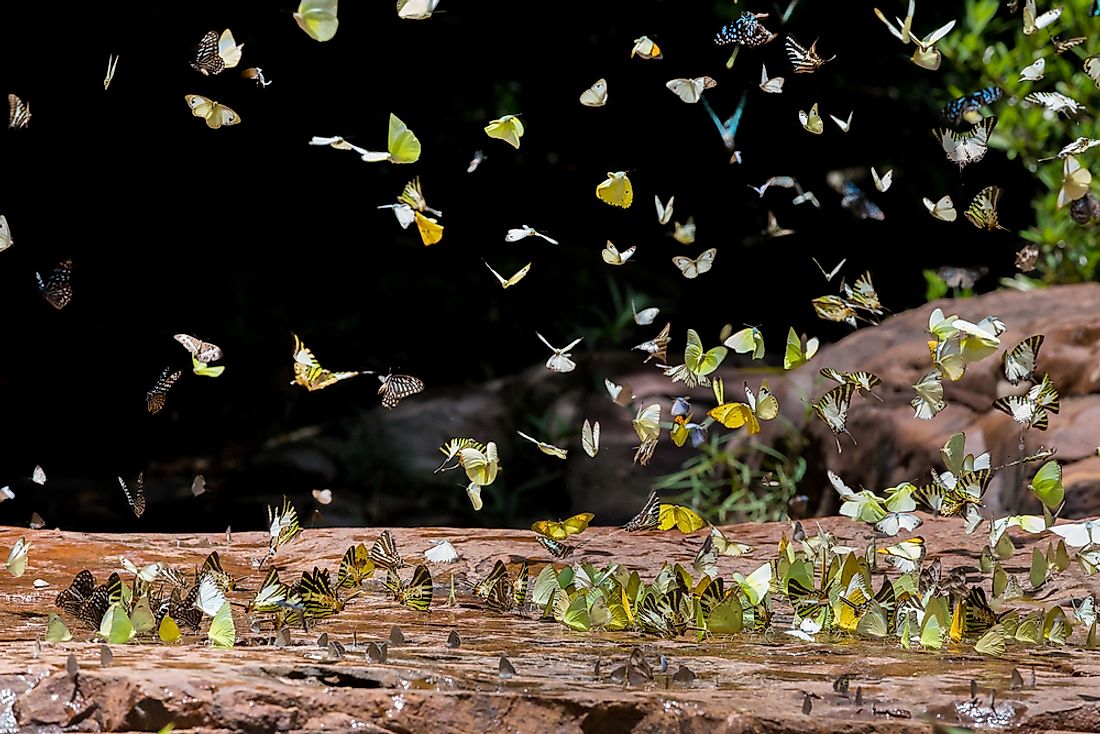
A kaleidoscope can be defined as a constantly changing pattern of shapes and colors. When a large group of butterflies fly, they create a pattern of vivid colors and different shapes that keep on changing every movement.
17. Clowder of Cats
A group of cats is called a clowder. The word clowder is closely related to the word clutter which means to fill something with disordered items. Cats are known to play with yarn and end up unrolling until the room is covered with yarn.
16. Bask of Crocodiles
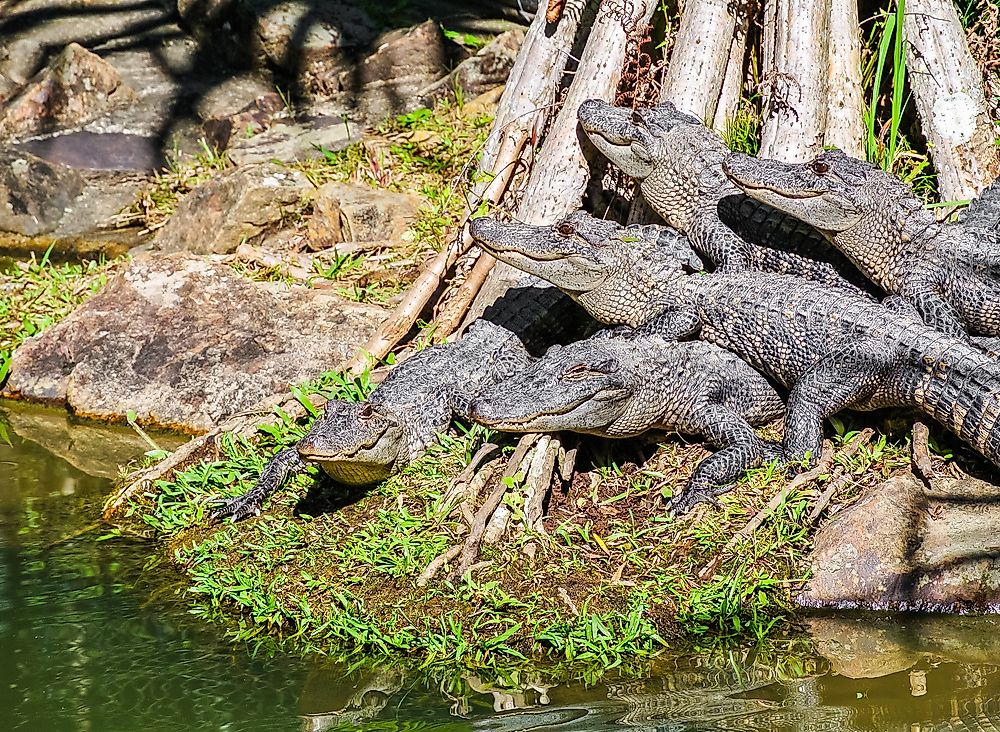
A group of crocodiles is called a bask. To bask is to lie in the sun exposed to its warmth and light. Crocodiles, being cold-blooded, love to bask in the sun to warm themselves. The basking in the sun is a social time for crocodiles with large numbers always seen basking together.
15. Murder of Crows
A murder is a term that describes a group of crows. There are many theories about the origin of the term, Murder of Crows. Crows were often found at the site of death, where they came to eat the dead. Another theory is of an old story that is told of groups of crows judging members of their flock, and if found guilty, the rest would kill the guilty members, hence the name murder of crows.
14. Convocation of Eagles
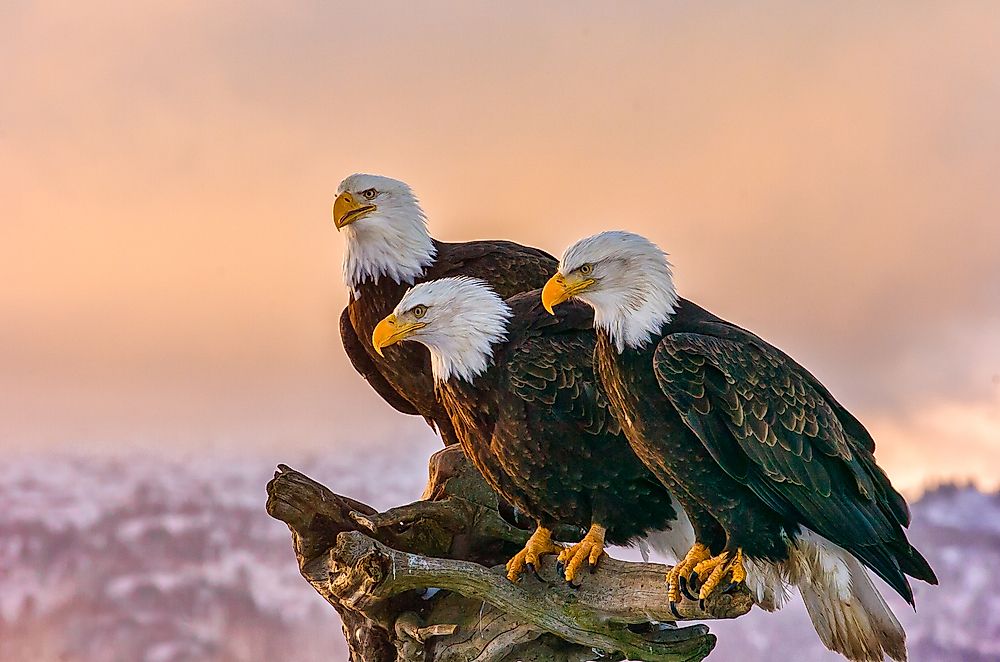
Convocation means an assembly of people meeting for a special purpose. Eagles normally fly alone and are rarely seen in large groups. Eagles will look for other eagles during breeding season.
13. Busyness of Ferrets
Busyness is a group of ferrets, and a word is a modern form of the word “besynes” which was used to describe the behavior of ferrets. The word first appeared in a 1986 book, the Book of St Albans.
12. Bloat of Hippopotamuses
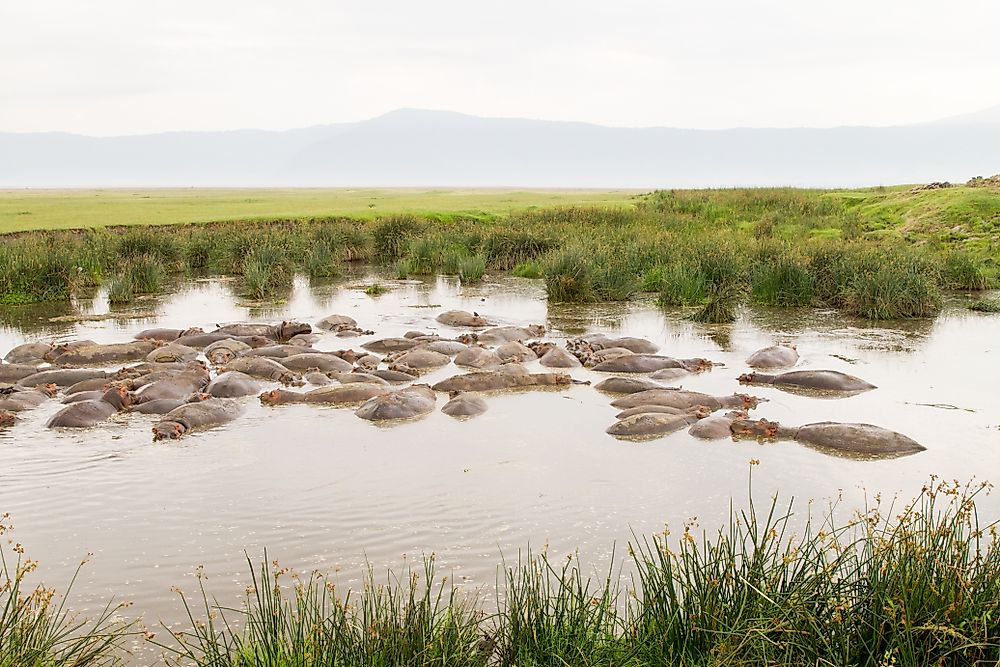
The term bloat for a group of hippopotamuses was used in hunting and fishing manual. In the book, the author notes that male hippo weighs around 8,000 pounds and have a layer of subcutaneous fat in their bodies that help them float. Their diet is exclusively made of grass and can keep the food in the stomach for three weeks hence the author assumes they spend the most time with bloated stomachs.
11. Cackle of Hyenas
A bunch of hyenas is called a cackle. Cackle is a word that refers to laughing in a shrill, broken manner. Hyenas produce sounds that sound like hysterical human laughter. Some people refer to these animals as “laughing hyenas.”
10. Fluther of Jellyfish
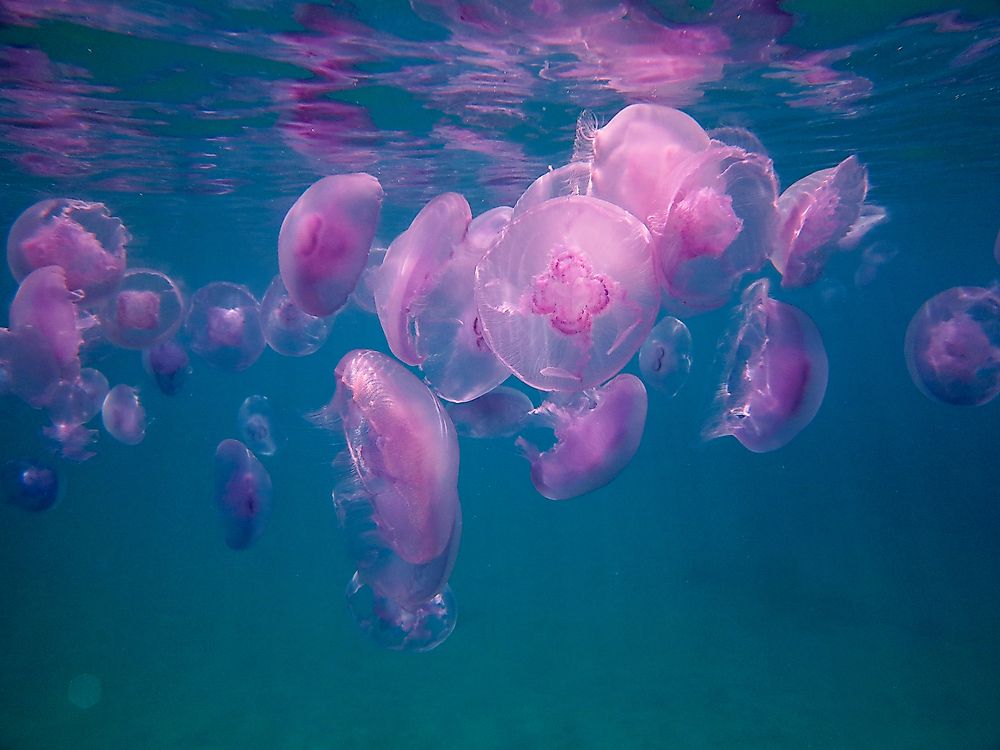
Fluther can be found in the 1985 book, the Dictionary of Collective Nouns and Group Terms. The word fluther describe a group of jellyfish, which is derived from the word flutter which can be considered to mean moving in a light motion through the air. The word has been used to describe the movement of jellyfish.
9. Mob of Kangaroos
A mob refers to a group of kangaroos. In Australia, the word mob is used for a flock or herd of animals. Mob also describes a group of animals or birds that surround and attack a predator to drive it away. Kangaroos form groups of about ten with a mission to protect the young and weaker members of the group.
8. Leap of Leopards
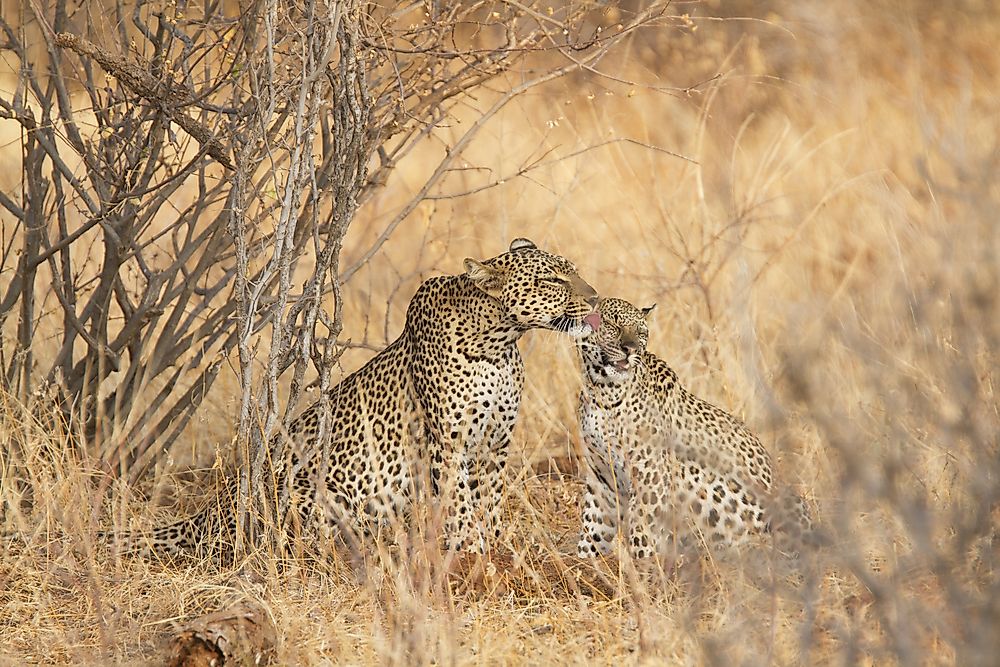
Leopards are extremely swift in their attack. These animals are known to leap more than 20 feet and jump to about 10 feet high into the air. A group of leopards are referred to as a leap because of their ability leap when they are nabbing their prey.
7. Gaze of Raccoons
Raccoons can be seen to gaze at something especially food when they are hungry. The term gaze is used to describe a group of raccoons.
6. Bouquet of Pheasants
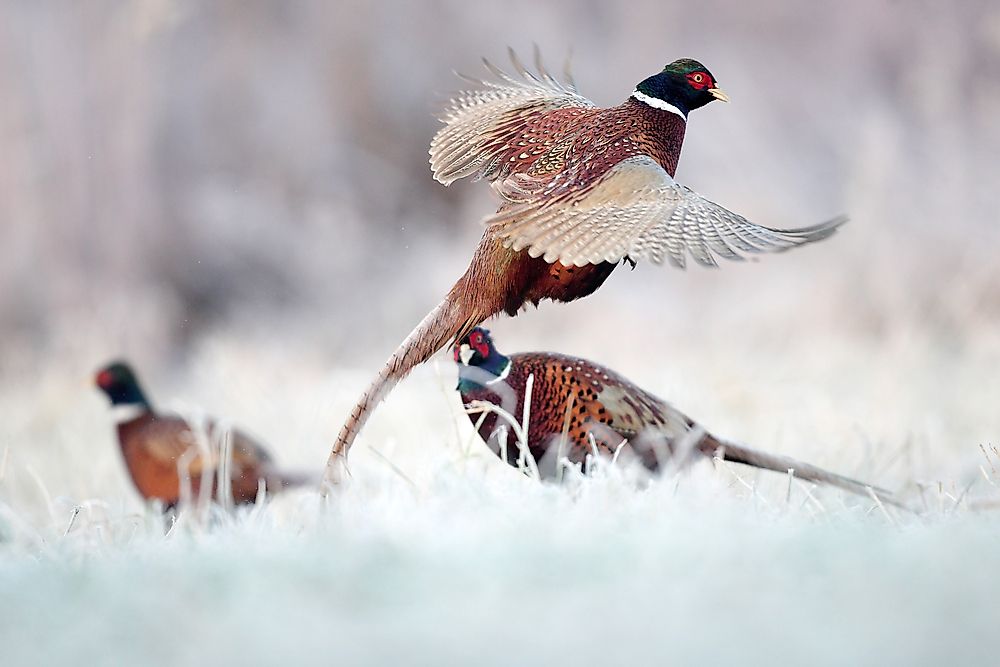
A group of pheasants is called a bouquet. This term is used for pheasants when they are flushed. Pheasants are colorful birds; the males have bright colors and adornments. When they are flushed, they fly away forming a beautiful colored spectacle that looks like flowers.
5. Gang of Turkeys
Turkeys are vicious attackers and can even attack humans. A group of turkeys is referred to as a gang.
4. Squabble of Seagulls
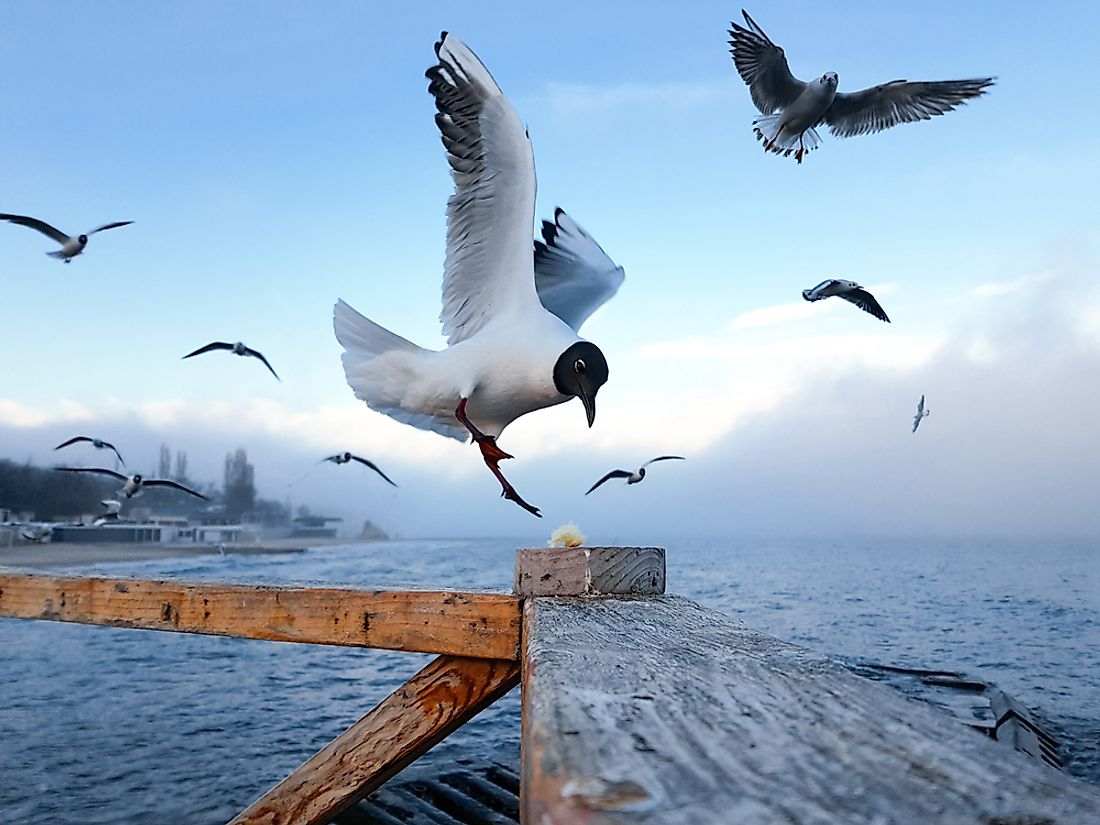
The word squabble means a noisy disagreement about something. Seagulls are known to make loud squawking and wailing noises. A group of seagulls is called a squabble.
3. Wisdom of Wombats
Wombats are Australian marsupial mammals that have their pouches facing backwards to avoid scooping dirt on their young while they dig. A group of wombats is called wisdom.
2. Parliament of Owls
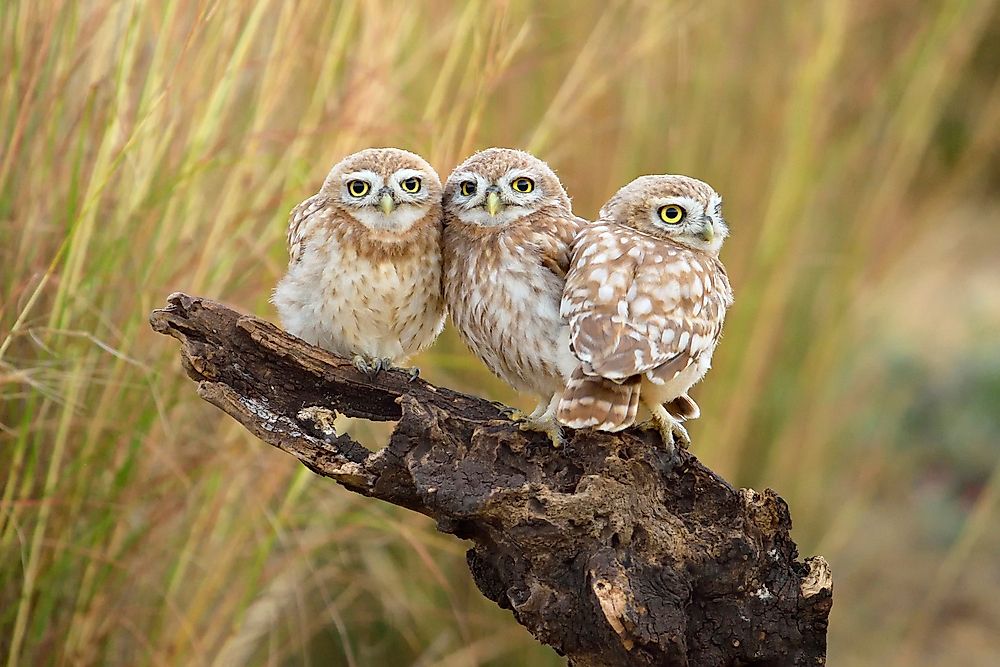
A group of owls is called a parliament. This term originates from a children’s book in the 1950s called The Chronicles of Narnia, in which the author describes a group of owls who meet to discuss the affairs of the land of Narnia. Since his book sold more than a hundred million copies worldwide, people have come to accept parliament as the best term to call a group of owls.
1. Kettle of Vultures
The word kettle is used by birders describing a group of birds circling in the air. Vultures are known to circle waiting to scavenge on the kills of other animals.











